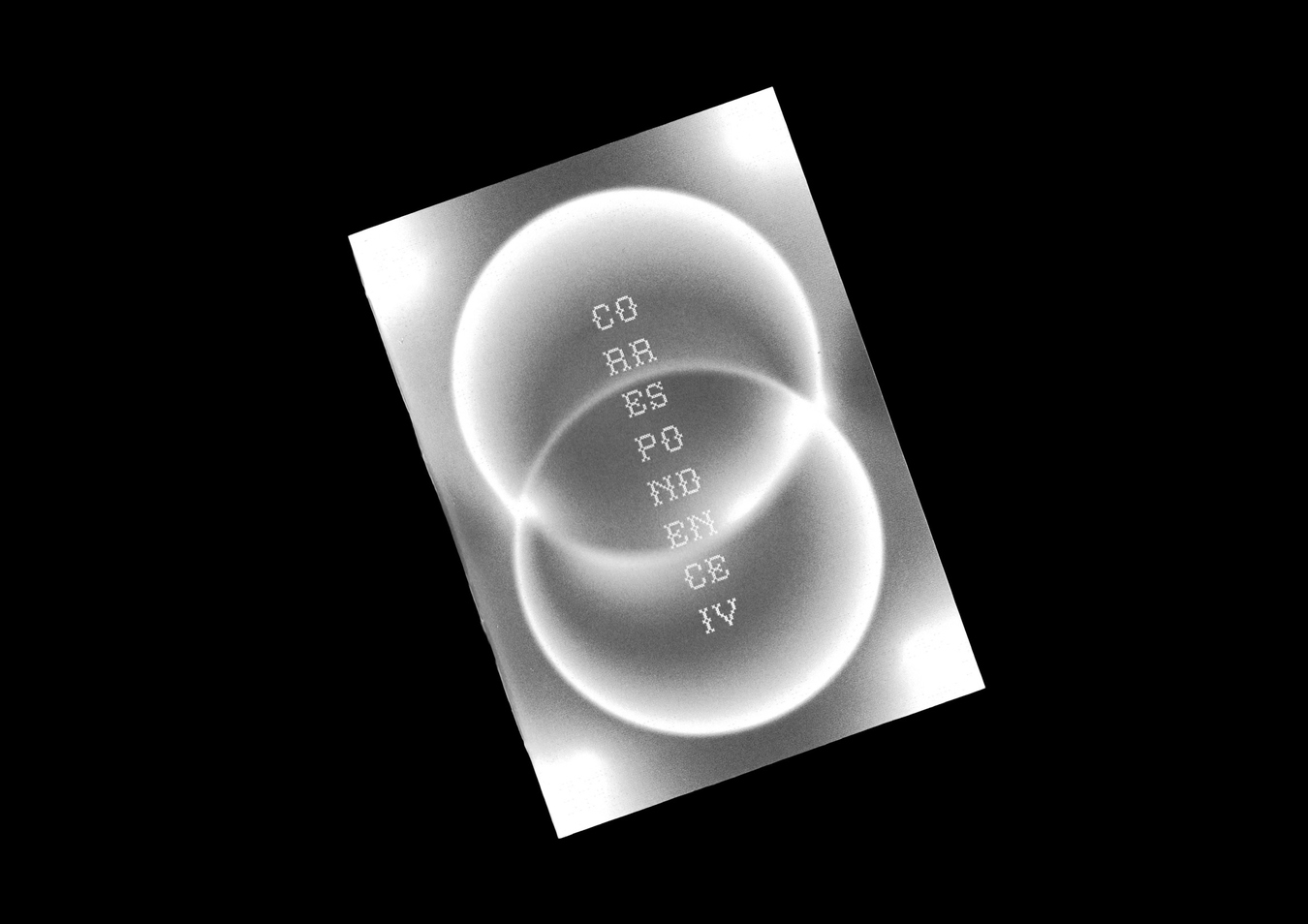Correspondence IV

This edition of Correspondence brings together writing from Raine Angeles, Nell May, Bella Macdonald, Jenny Gao, and Hāwea Apiata and an editorial from Anna. Each contributor approaches the idea of translation and communication from a different angle - moving between languages, typographic systems, digital symbols, personal histories, and archival materials
Correspondence IV is a continuation of the serial that has been published by The Physics Room since 2021. This publication gathers kupu, alphabets, emojis, handwritten letters, and fragments of research. It is a handheld collection of conversations - shifting, provisional, and attentive to the possibilities and failures of translation.
Correspondence IV
Edited by: Anna Welham
Contributors: Raine Angeles, Nell May, Bella Macdonald, Jenny Gao and Hāwea Apiata.
Printed: Caxton
Published by The Physics Room, 2025
ISBN 978-0-473-76589-7
